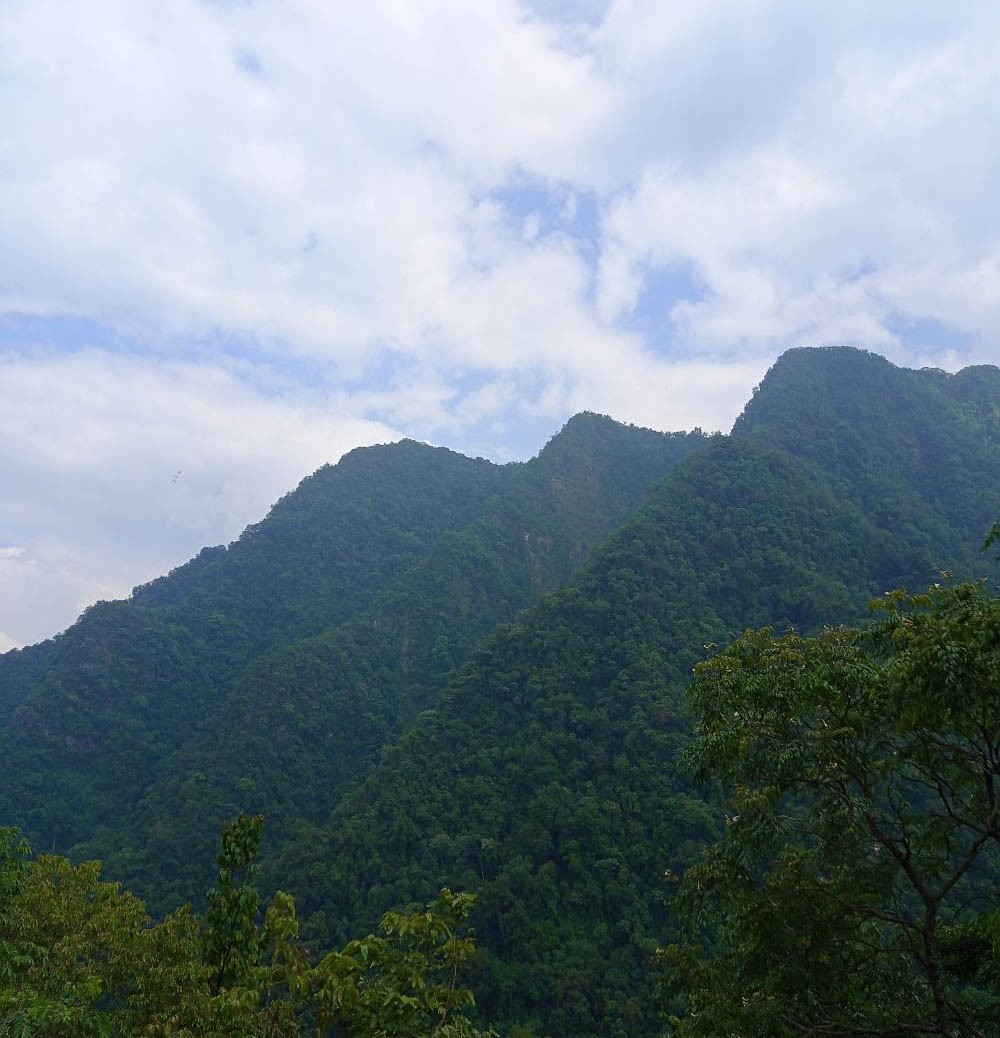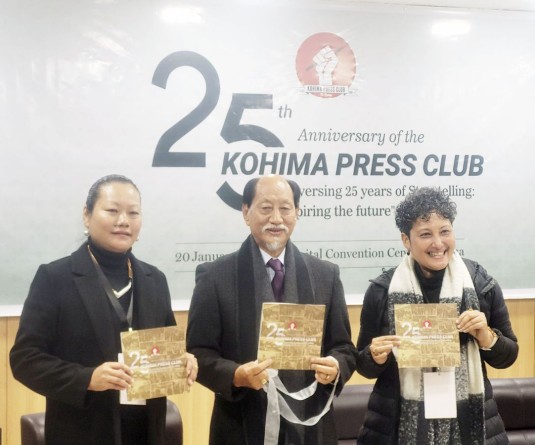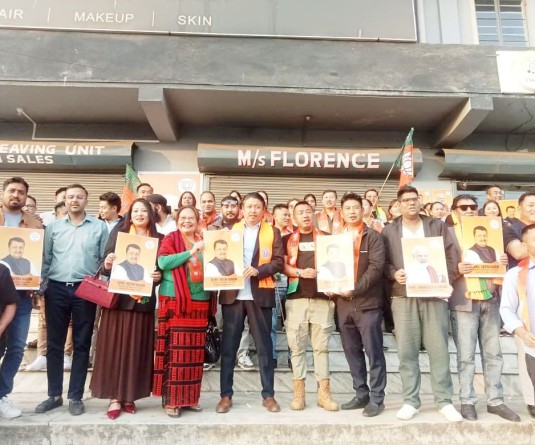Nagaland has notified 148 community reserves so far. (Morung File Photo)

Morung Express news
Kohima | April 3
Nagaland has 148 notified community reserves, the highest in the country and accounts for more than 50% such reserves nationally.
According to records of the Union Ministry of Environment, Forest and Climate Change and State Forest Departments, the states of Nagaland, Meghalaya and Manipur account for 90% of the community reserves in the country and Nagaland is said to be the only state of India to have almost a third of its area under community reserve.
Each of these community reserve areas ranges from as small as 1 sq km to as large as 50 sq km in size.
With little over 1,000 protected areas which include wildlife sanctuaries, national parks, conservation reserves and community reserves and several upcoming Other effective Area based Conservation Measures (OECMs) in the country, India aims to meet the global target of protecting 30 per cent of geographical area by 2030.
In Nagaland, in comparison to community reserves that have been adopted in recent years, other protected areas such as wildlife sanctuaries, national parks among others, OECMs have hardly expanded from its existence or have rather shrunk.
With a lone national park often plaque by encroachment, the records mentioned that the State have 4 wildlife sanctuaries and 1 OECM.
For instance, declaration of community reserves seems the most convenient for a State like Nagaland in reference to The Wild Life (Protection) Act, 1972.
For community reserves, unlike other protected areas which are government owned, the Wildlife Protection Act states that, "the State Government may, where the community or an individual has volunteered to conserve wild life and its habitat, declare any private or community land not comprised within a National Park, sanctuary or a Conservation Reserve, as a Community Reserve, for protecting fauna, flora and traditional or cultural conservation values and practices."
In simplified terms, if a local community or an individual wants to help protect wildlife and their habitats, the State Government can declare a piece of land that's not already part of a National Park, sanctuary, or a conservation reserve to be a "community reserve".
Nagaland Chief Conservation of Forest (CCF), Supongnukshi Ao informed that it is recent efforts of the government in identification and notification of “Community Reserves” under the Wildlife Protection Act of 1972.
"Under the programme, community conserved areas are identified which are eligible to be officially notified as ‘Community Reserves.’ An area once officially notified under the Wildlife Protection Act of 1972 will be mandated to operate all activities or restrictions as defined under the Act," he informed.
Ao, however, clarified on the land ownership and stated it does not imply transfer of ownership to the Government and “it still belongs to the community."
He further noted that a legally notified community reserve area are eligible to approach the Central Government for technical and financial support in order to manage the area, which otherwise is not considered under the funding programmes.
He also informed that about a half of these community reserves are getting financial and technical support from the Government.
However, the bid to increase protected areas with the aim to meet global target could have been found to be counterproductive, considering that existing areas have not been effective in safeguarding biodiversity.
Dr Nuklu Phom, a conservationist remarked that the nomenclature, 'community reserve' is new to the community, otherwise community conservation area and community biodiversity conservation area have been known to the people.
Therefore, he suggested proper sensitisation to ensure people understand the nuances of this new phenomenon clearly as it entails more than just a mere signature on a document or a declaration.
Dr Phom said that it is crucial to consider what actions the concerned departments have taken at the village level and whether the people were adequately informed about the essence of the MoU (Memorandum of Understanding) when undertaking such endeavors.
According to the Wildlife Act, once the land has been declared a community reserve, its use cannot be changed unless the group managing the reserve agrees and the State Government approves this change.
Certain rules that apply to sanctuaries also apply to these community reserves, including how the land can be used, who can control and manage the area, and as well as permissible and prohibited activities.
A village council member, who wished to remain anonymous, underscored that while the declaration may be signed on paper, the important aspect is the execution of tasks, particularly when funding is allocated.
On the need for community conservation initiatives, Ao opined: "To ensure the future of Nagaland’s Community conservation area and thereby its biodiversity, a multi-pronged approach including financial support, legal recognition and long-term ecological monitoring is required."
Communities have to be incentivised in their efforts of conservation through Community reserves and may be supported financially, he said.
Furthermore, the CCF called for training them to monitor their resources, and to develop wildlife tourism which will help generate support for conservation.
“The network of Community conservation areas in Nagaland provides a wonderful example of a fledgling people’s movement for conservation that deserves to be strengthened and supported,” he stressed.
The future of Nagaland’s biodiversity and its people ultimately depends upon these movements, he added.





